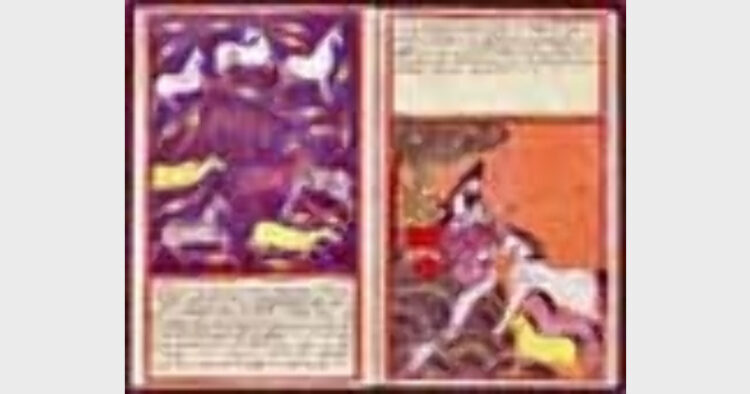First to Teach the Veterinary Sciences to the World
 In ancient Bharat, the physicians who treated the human beings also treated animals. There are medical treatises like Charaka, Sushruta and Harita Samhitas which contain references to animal care.
In ancient Bharat, the physicians who treated the human beings also treated animals. There are medical treatises like Charaka, Sushruta and Harita Samhitas which contain references to animal care.
Shalihotra (2350 BC-Sravasti) the son of Hayagosha, is considered the founder of veterinary sciences followed by Palkapya and Atreye. Almost all aspects of surgery and medicine including veterinary ethics were dealt in ancient medical veterinary treatises.
In Bharat the history of traditional veterinary science dates back to the period of Mahabharat.Prince Nakula was an equine expert while Prince Sahadeva was the physician of cows and other cattle. Bhardwaj’s Ayurveda, the science of life, was first presented in text form by Agnivesha in his book the Agnivesh Tantra, and later by others.
Shusutra is supposed to be a pupil of Shalihotra. Shalihotra’s principal work was about the care and management of horses. The Shalihotra Samhita (encyclopedia of Shalihotra) has some 12,000 shlokas in Sanskrit language. This book has been translated into many languages like Arabic, Persian, Tibetan and English. It covers the whole gambit of animal anatomy, care, treatment, medicines, surgery etc. Asva-Prashnsa and Asva-Lakshana Shastram are also attributed to Shalihotra.
Some later works also refer to Shalihotra’s work. There are many ancient books on veterinary science namely: Gajayurveda by Palakapya, Gayayurveda by prince Sahdev, Matang Lila by Nilkantha etc.
The world is indebted to the ancient Bharateeya sages for providing them all the knowledge about animal care. The dictionary translates ‘Veterinarian’ as ‘Shalihotri’. This explains his work.
Nirmal Joshi ( Courtesy: Wah Bharat )













Comments